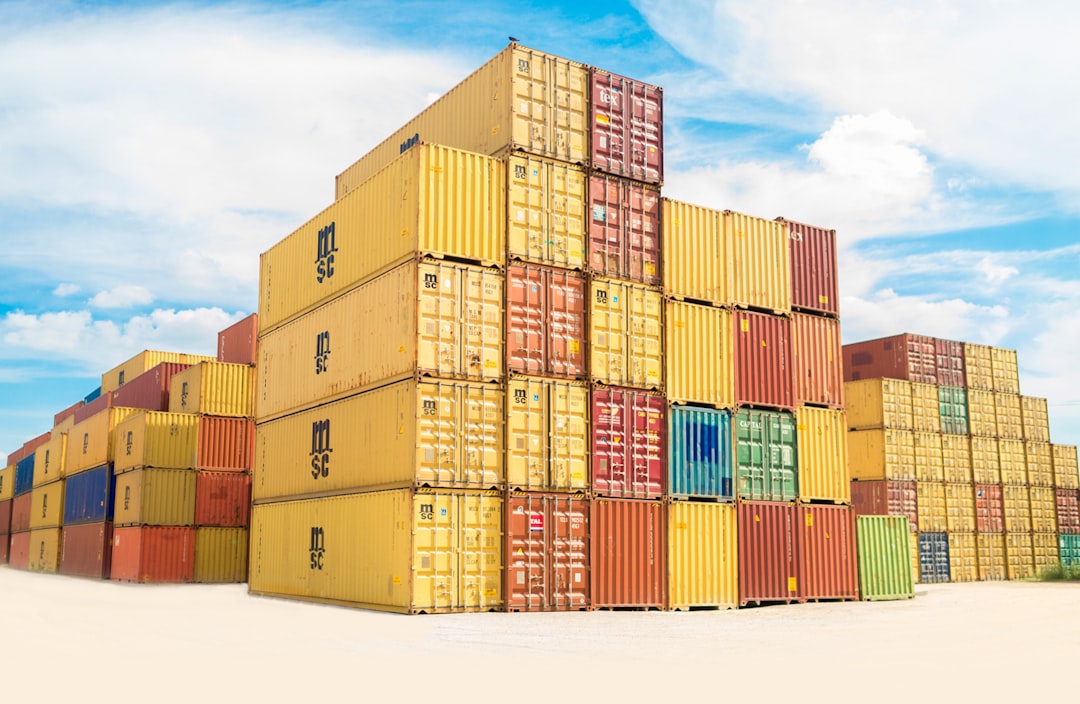The need to meet the increased capacity demands of the move to the cloud is driving growth in data center construction. It is also responsible for changes in the types of data centers that are being built, as well as in the technology that is being employed in their fabrication.
The Elimination of Traditional Data Centers
As businesses increasingly move significant portions of their operations to the public cloud, their reliance on traditional data centers has evolved. Big data applications can leverage cloud storage and reduce the need for physical data center expansion by individual businesses. Developments in the Internet of Things (IoT) and the projected explosion in the number of IoT devices is another factor contributing to the demand for increased cloud storage capacity.
Rising cloud storage requirements are being met by what Cisco calls hyperscale data centers. The number of these large facilities, which need to supply at least 1 billion dollars in public cloud services, is projected to grow from 338 in 2016 to 628 globally in 2021. These huge data centers will then account for 65% of all data stored in data centers, up from 51% in 2016.
Legacy data centers will not be able to meet the increased storage demand. The cloud offers unlimited storage without the need for infrastructure that an enterprise may not be able to adequately house or afford. Leveraging the storage capacity of the major cloud providers allows IT budgets to be allocated for other purposes.
Major Hyperscale Data Centers
Gigabit Magazine lists the ten largest data centers in the world. Among them are:
China Telecom Data Centre - The largest data center in the world is located in the Inner Mongolia Information Park in Hohot, China. It encompasses over 10 million square feet and was built at a cost of over $3 billion. The location is attractive for data center construction as its climate provides free air cooling eight months of the year as well as ample rainfall to be harnessed as hydroelectric power.
Kolos Data Centre - A small village in Norway is home to Europe’s largest data center. It provides 6.5 million square feet of capacity and will be powered by 100% renewable energy. The facility takes advantage of Norway’s hydroelectric infrastructure to reduce energy costs and reduce consumer prices for their cloud services.
The Citadel - Located in northern Nevada near Reno, this data center is the largest in North America coming in at 7.2 million square feet. Power is provided by 100% renewable sources and is focused on delivering high-speed services to Los Angeles and San Diego.
A common characteristic of these gigantic facilities is their reliance on renewable energy sources to reduce the negative environmental aspects of building such large, power-hungry installations. With no slowdown of data generation in sight, more large data centers will need to be constructed in order to satisfy the world’s cloud storage requirements.




































